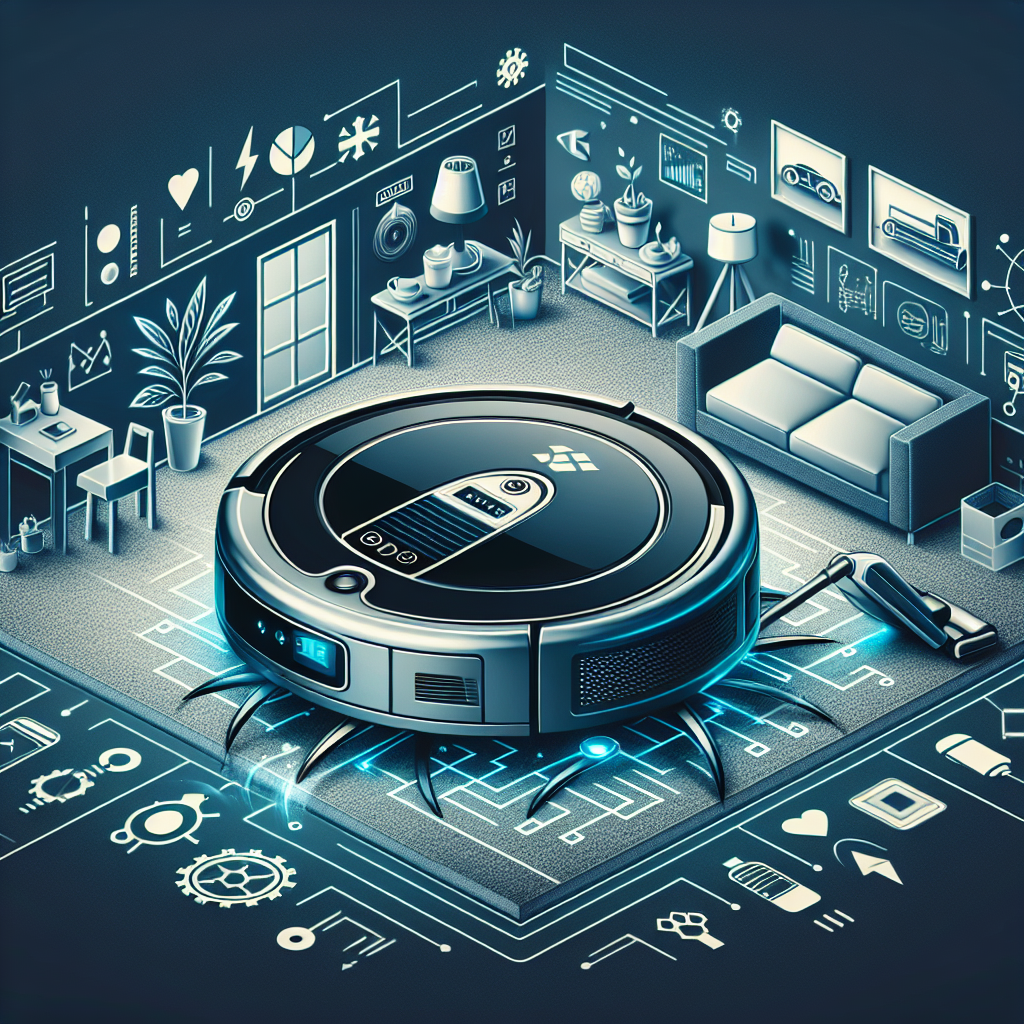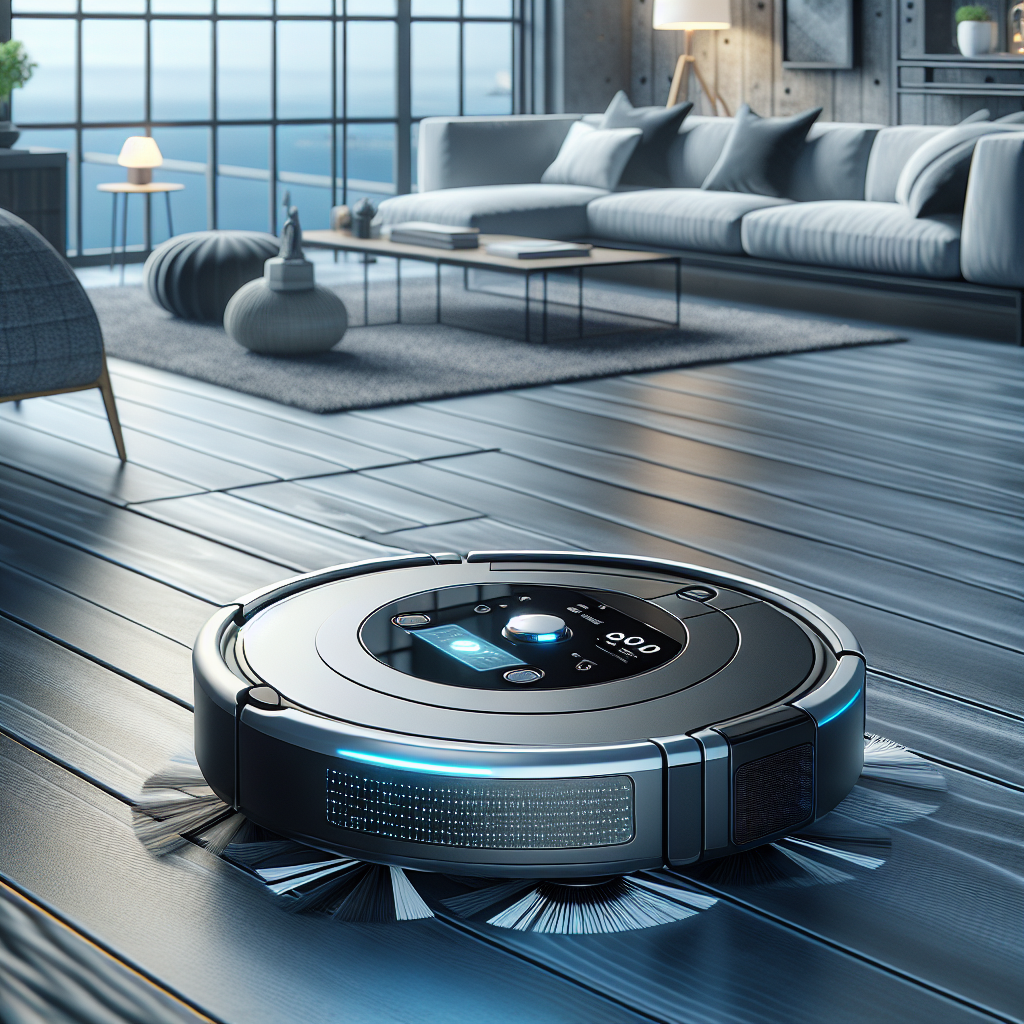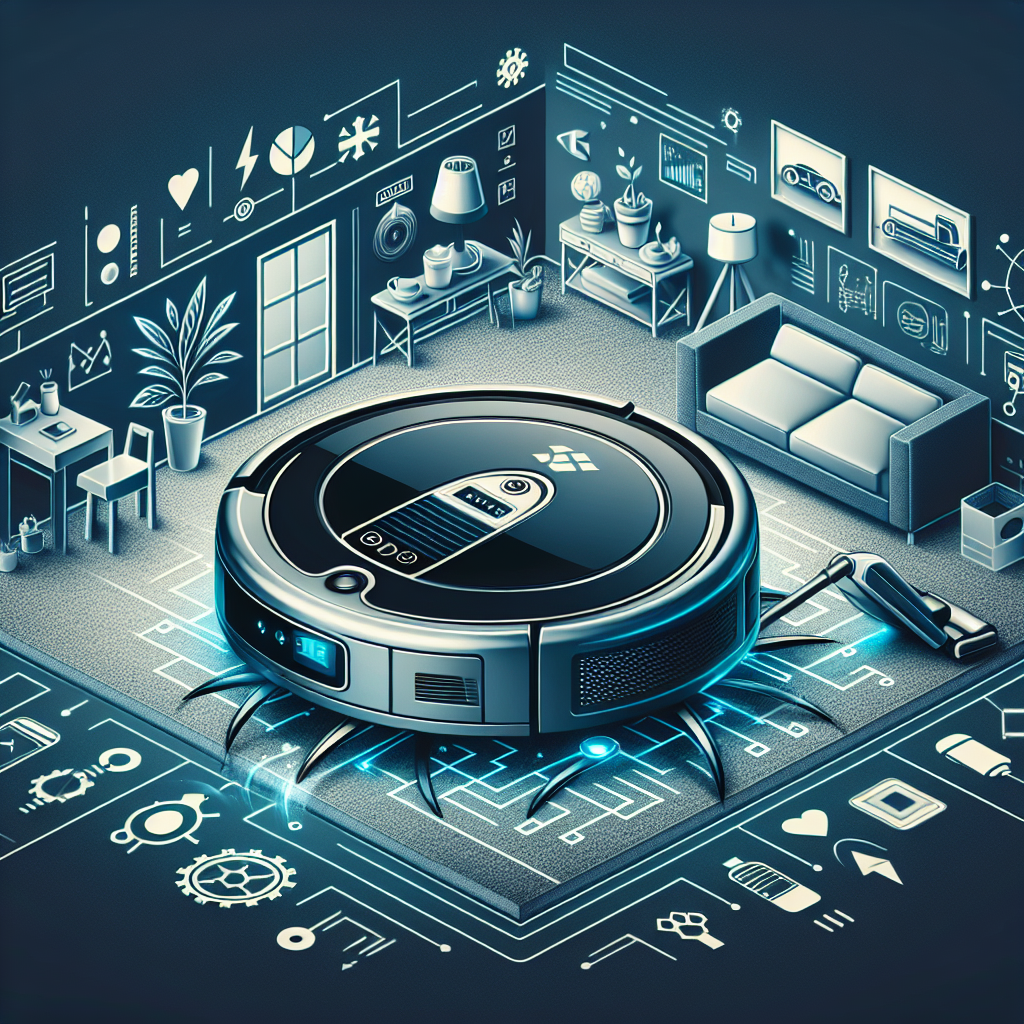One of the key factors to consider when purchasing a Roomba i3 robotic vacuum cleaner is its battery life. After all, you want to ensure that your new cleaning companion lasts long enough to tackle all those dust bunnies and pet hair. So, how long does the Roomba i3 battery last? In this article, we’ll explore the battery life of the Roomba i3 and provide you with some tips on how to maximize its performance. Get ready to say goodbye to manual vacuuming and hello to a pristine home with the Roomba i3!
Battery Life
Overview
The battery life of a Roomba i3 is an essential factor to consider when investing in a robotic vacuum. It determines how long the vacuum can operate before requiring a recharge. Understanding the battery life and its impact on the cleaning performance is crucial for users to make an informed decision.
Manufacturer’s Claim
iRobot, the manufacturer of Roomba i3, claims that the battery life can last up to 75 minutes on a single charge. This claim is based on optimal conditions and may vary depending on various factors.
Real-world Usage
In real-world usage, the Roomba i3’s battery life may differ from the manufacturer’s claim due to several factors. These factors include the cleaning settings, floor type, obstacles in the cleaning area, battery age, and more. Let’s delve deeper into each of these factors to understand their impact on the Roomba i3’s battery life.
Factors Affecting Battery Life
Roomba i3 Features
The Roomba i3 comes equipped with a range of features that can affect its battery life. Its sensors, mapping technology, and cleaning algorithms determine the efficiency of the vacuum cleaning process. While these advanced features enhance cleaning performance, they may require more power, affecting the overall battery life.
Cleaning Settings
Different cleaning settings have varying effects on the Roomba i3’s battery life. For instance, the vacuum’s performance in turbo mode could consume more energy compared to the normal cleaning mode. Adjusting the cleaning settings based on your cleaning needs and the available battery life can help optimize the Roomba i3’s performance.
Floor Type
The type of floor surface in your home can significantly impact the Roomba i3’s battery life. Carpets, especially high-pile carpets, tend to be more challenging for robotic vacuums to navigate and clean. When operating on carpets, the Roomba i3 may experience increased resistance and consume more battery power. On the other hand, cleaning hard floors such as tile or hardwood may require less power, resulting in longer battery life.
Obstacles
The presence of obstacles in the cleaning area can affect the Roomba i3’s battery life as well. When the vacuum encounters furniture, cords, or other objects that impede its movement, it may need to use more power to navigate around them. This extra effort can lead to a faster drain of the battery.
Battery Age
Over time, the battery of the Roomba i3 may gradually lose its capacity to hold a charge. As the battery ages, it may not provide the same runtime as it did when brand new. It is common for rechargeable batteries to experience this decline in performance over extended use. The age of the battery can impact the Roomba i3’s battery life and may require more frequent recharging.
Battery Recharge Time
Charging Method
The Roomba i3 can be charged using its home base, where it automatically docks and recharges itself. This method ensures convenience and ensures that the vacuum is ready for the next cleaning cycle. It is important to note that the battery life will impact the recharge time. A fully drained battery will take longer to recharge compared to a partially depleted battery.
Battery Capacity
The battery capacity of the Roomba i3 also affects the recharge time. The higher the battery capacity, the longer it may take to fully recharge. However, a larger battery capacity will provide a longer runtime per charge, allowing for more cleaning before needing to recharge.
Charging Duration
The charging duration of the Roomba i3’s battery can vary depending on the battery’s current level and the capacity of the battery itself. On average, it may take around 3 hours for the Roomba i3 to fully recharge its battery. However, it is advised to refer to the user manual or manufacturer’s guidelines for precise information about charging duration.
Battery Replacement
Roomba i3 Battery Model
The Roomba i3 comes with a specific battery model designed for optimal performance with the vacuum. It is important to use the recommended battery model for replacement to ensure compatibility and reliable performance. Using a different battery model may not deliver the same results and could even potentially damage the Roomba i3.
Battery Life Span
The battery life span of the Roomba i3 depends on various factors such as usage, charging habits, and overall maintenance. Generally, the battery of the Roomba i3 is expected to last for a few years before needing a replacement. However, individual results may vary, and it’s important to monitor the battery’s performance over time.
Replacements and Costs
When the time comes to replace the Roomba i3’s battery, users have the option to purchase a new battery directly from iRobot or authorized retailers. The cost of a replacement battery will vary depending on the specific model and where it is purchased. It is recommended to explore different sources to find the best price and ensure the battery’s authenticity.
Extending Battery Life
Cleaning Maintenance
Proper cleaning maintenance can go a long way in extending the battery life of the Roomba i3. Regularly cleaning the vacuum’s brushes, dustbin, and sensors helps to optimize the cleaning process and reduce strain on the battery. Additionally, keeping the cleaning area free from clutter and obstacles can minimize the vacuum’s effort and energy consumption.
Optimal Charging Practices
To extend the battery life of the Roomba i3, it is advisable to follow optimal charging practices. It is recommended to allow the vacuum to fully discharge its battery at least once a month before recharging. This practice helps in recalibrating the battery and maintaining its capacity. Additionally, avoid leaving the vacuum on the charger continuously as overcharging can degrade the battery’s performance over time.
Storage Recommendations
If you plan to store the Roomba i3 for an extended period without use, it is crucial to follow proper storage recommendations. Before storing, ensure the battery is charged to around 50% capacity. Storing the battery with a full charge or completely drained can negatively impact its overall performance. Additionally, it is advisable to store the Roomba i3 in a cool, dry place to prevent any potential damage to the battery.
Battery Performance Comparison
Roomba i3 vs. Other Roomba Models
When comparing the battery performance of the Roomba i3 with other Roomba models, it is important to consider the specific features and specifications of each model. Newer and higher-end models may offer longer battery life due to advancements in battery technology. However, comparing specific runtimes and features between different models can provide a better understanding of their individual battery performances.
Roomba i3 vs. Competitors
Battery performance is a crucial factor to consider when comparing the Roomba i3 with competitors’ robotic vacuums. Evaluating the battery life, recharge time, and overall cleaning capabilities of different models can help determine the best fit for your needs. Reading customer reviews and expert comparisons can provide valuable insights into how the Roomba i3 stacks up against its competitors in terms of battery performance.
Customer Reviews
User Feedback
Customer reviews offer valuable firsthand experiences regarding the Roomba i3’s battery life. Reading user feedback can provide insights into the vacuum’s real-world performance and how the battery performs in various situations. Users often share details about the battery’s runtime, satisfaction with its performance, and any notable issues they may have encountered.
Battery Life Satisfaction
Customer reviews also provide an opportunity to gauge the overall satisfaction with the Roomba i3’s battery life. Positive reviews praising the battery’s longevity and performance are indicative of a satisfying experience, while negative reviews pointing out short battery life or other issues may signal potential concerns. Analyzing the overall sentiment of customers about the battery life can offer guidance in understanding its real-world performance.
Troubleshooting Battery Issues
Common Problems
While the Roomba i3 is designed to offer reliable battery performance, there may be instances where users encounter issues. Common problems can include reduced battery life, difficulty holding a charge, or the vacuum not charging at all. Identifying and understanding these common battery issues is the first step in troubleshooting and finding potential solutions.
Recommended Solutions
When faced with battery-related issues, there are a few recommended solutions to consider. Firstly, verifying that the charging dock is properly connected and free from any obstructions is important. Resetting the Roomba i3’s battery by removing it and reinserting it after a few minutes may also help resolve minor charging issues. If problems persist, contacting Roomba customer support for further guidance and assistance is advised.
Roomba i3 Battery FAQs
What is the battery life of Roomba i3?
The Roomba i3 has a manufacturer’s claim of up to 75 minutes of battery life on a single charge. However, real-world usage and various factors may influence the actual battery life experienced by users.
Can I replace the battery myself?
Yes, the battery of the Roomba i3 is replaceable. iRobot provides replacement batteries, and users can also source them from authorized retailers. It is important to use the recommended battery model and follow the manufacturer’s instructions when replacing the battery.
How long does it take to fully charge the battery?
On average, it takes around 3 hours for the Roomba i3’s battery to fully charge. However, the charging duration may vary depending on the battery’s current level and capacity. Referring to the user manual or manufacturer’s guidelines for precise information is advised.
How often should I charge the battery?
The frequency of charging the Roomba i3’s battery depends on usage and battery depletion. It is recommended to charge the battery after every cleaning cycle or when the battery level is low. Avoid continuously leaving the vacuum on the charger, as overcharging can degrade battery performance over time.
Conclusion
The battery life of the Roomba i3 plays a vital role in its overall performance as a robotic vacuum. Understanding the factors that affect battery life, such as cleaning settings, floor type, obstacles, and battery age, is crucial for maximizing the vacuum’s efficiency. By following optimal charging practices and maintenance routines, users can extend the battery life and enjoy consistent cleaning performance. Comparing the Roomba i3’s battery performance with other models and hearing from customer reviews provides valuable insights for potential buyers. Overall, the Roomba i3 offers a reliable battery life, empowering users to maintain a clean home effortlessly.


